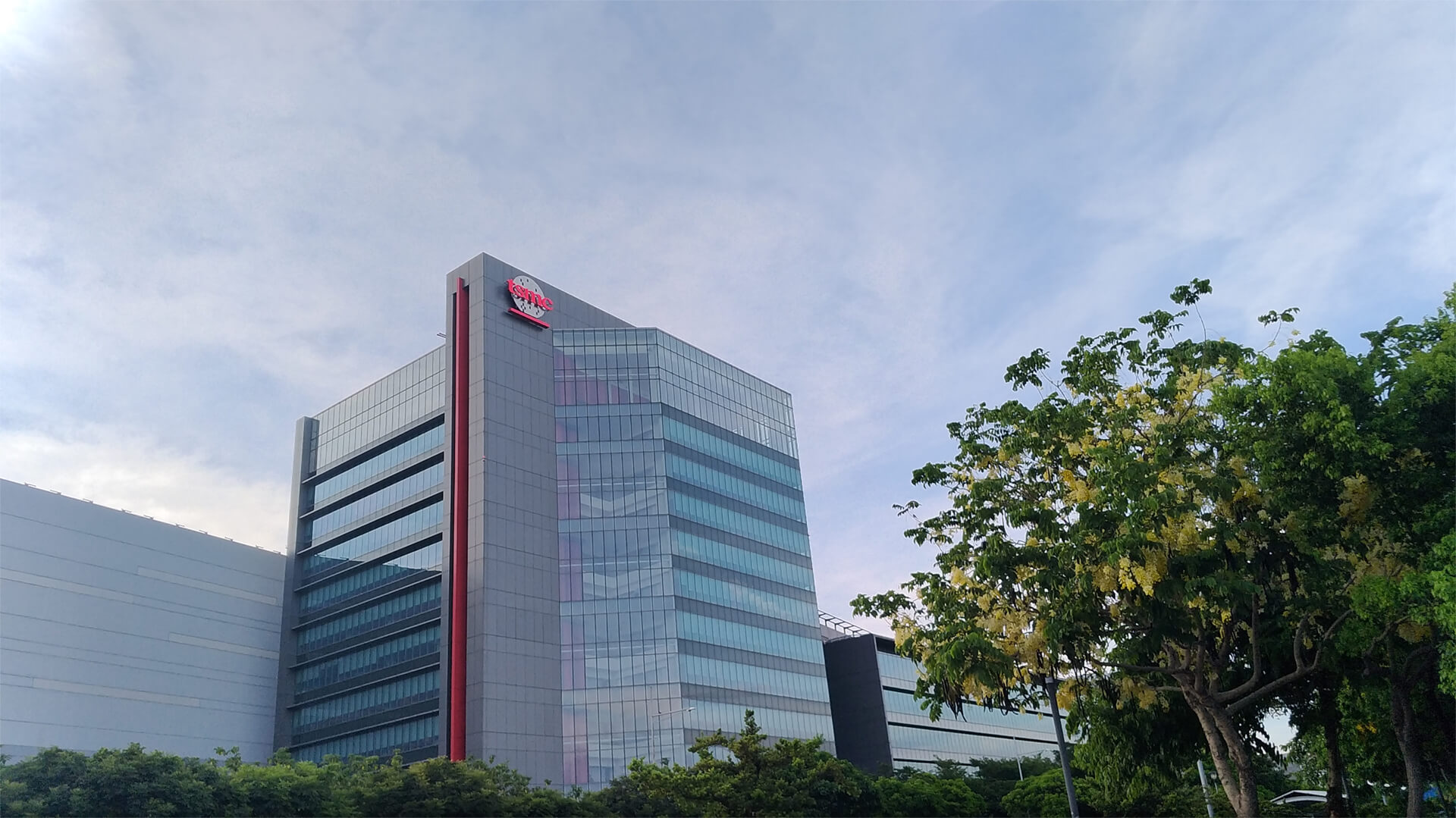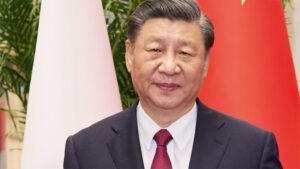The recent discovery of TSMC chips in Huawei devices has revealed some gaps in the US sanctions on China. As a result, TSMC has decided to no longer even accept Chinese orders for advanced semiconductors.
This move aligns with the Biden administration’s strategy of halting progress in advanced sectors like AI; the US also got some other countries on board as well: Netherlands, Taiwan, Japan, and South Korea.
Now it’ll be up to incoming US President Donald Trump to figure out how to use tech restrictions or tariffs (or some combination of the two) to define US-Chinese relations.
Here at Zeihan on Geopolitics, our chosen charity partner is MedShare. They provide emergency medical services to communities in need, with a very heavy emphasis on locations facing acute crises. Medshare operates right in the thick of it, so we can be sure that every cent of our donation is not simply going directly to where help is needed most, but our donations serve as a force multiplier for a system already in existence.
For those who would like to donate directly to MedShare or to learn more about their efforts, you can click this link.
Transcript
Hey everybody. Peter Zeihan here. Coming to you from snowy and melty Colorado, where our first three feet of snow is rapidly going away.
Anyway, today we’re talking about something that happened last weekend, the ninth and 10th of November, and then followed up by an event on the 11th. On the ninth and 10th, the Taiwanese semiconductor company TSMC, which is the company that makes all the high-end semiconductors in the world, made a major announcement.
If basically it’s going to go into an EV, a high-end phone, a high-end computer, satellite communications, or artificial intelligence, it comes from TSMC’s foundries. Anyway, they said they are no longer going to even take orders for anything that is seven nanometers or smaller from any Chinese entity whatsoever. The instigating issue was a couple of weeks ago and a Huawei product.
Huawei is a Chinese telecommunications firm. They found some TSMC chips in one of the product lines, indicating that the sanctions, as they currently exist, are not working as well as some people thought they might. Some products are still making it to China and are incorporated into various goods. So, TSMC announced that they’re just not going to take orders from the Chinese for anything that is at seven nanometers or less.
Ten is generally considered to be the line where you get the really high-quality stuff, and all the really good stuff that goes into things like artificial intelligence tends to be four to three nanometers or even less. So, we’re not just talking about the top tier here but even the second tier.
Within 48 hours, the Biden administration announced they would lean heavily on TSMC to make sure no Chinese orders were ever even successfully placed. The Taiwanese announced compliance before the American order even came down, giving you an idea of how willing they are to cooperate on this issue. I’m sure that order was being drafted before TSMC made their decision, but TSMC beat them to the punch.
A couple of things come from this.
Foreign Policy Implications
We have our first foreign policy crisis for the incoming Trump administration. The Biden administration is setting Trump up for a pretty good success with relations with TSMC. However, we’ve had a difference in style when it comes to Trump versus Biden regarding China.- Trump’s approach has been tariffs, tariffs, tariffs, but with little meaningful enforcement. This has allowed China to find creative ways around the tariff structure—like mislabeling, exploiting NAFTA’s rules, or rerouting products through third countries like Vietnam.
- The Biden administration, by contrast, has taken a surgical approach, identifying specific sectors and building tech walls to prevent tech transfer. This requires much more technocratic oversight to evaluate thousands of supply chain steps and ensure restricted products don’t end up where they shouldn’t.
Neither strategy is inherently “correct.” Each has strengths and weaknesses. Biden’s requires more ally cooperation and bureaucratic expertise, while Trump’s is more about making bold statements. A hybrid approach might be the best path forward. Regardless, Trump now has to decide on a course of action.
Technological Thresholds
The technological barrier TSMC is enforcing is in the seven-nanometer range. To understand why that matters, let’s break it down.How Semiconductors Are Made:
- The process starts by growing a crystal about the size of a Volkswagen. This is done by placing a seed crystal into melted silicon oxide and drawing it up slowly over days to form a massive ingot.
- The ingot is then sliced into wafers, which are doped, baked, and etched under lithography machines repeatedly until the final chip is created.
Deep Ultraviolet (DUV) vs. Extreme Ultraviolet (EUV):
- DUV, the older technology, uses UV radiation to etch chips. It can’t achieve atomic precision and involves manual adjustments, leading to inefficiencies and errors.
- EUV, developed by the Dutch company ASML, uses a much tighter focus and automation to achieve sub-seven-nanometer precision. This results in fewer errors, more consistent chips, and better performance.
DUV can still produce chips between 10 and 90 nanometers, but getting below seven is a stretch. Huawei recently released a phone using a seven-nanometer chip made through brute-forcing DUV. The result was an expensive, inefficient chip with high energy consumption.
This prompted a coalition of nations—including the Dutch, Japanese, Koreans, Americans, and Taiwanese—to draw a hard line at EUV. If China can’t access EUV technology, they’ll be locked out of cutting-edge tech for years to come.
- Labor and Machinery
China lacks the capability to produce or maintain DUV and EUV machines, much less develop them. EUV machines are exclusively made by ASML in the Netherlands. Without these machines or the skilled labor and software to operate them, China can’t produce high-end semiconductors.
The only way China can acquire these chips now is by hijacking shipments meant for someone else. However, doing so at the scale required to meet technological needs is improbable.
So, this situation lands squarely on Trump’s desk. How he chooses to pursue this technological blockade—and whether he combines it with tariffs or another approach—will set the tone for U.S.-China relations moving forward.
And I, for one, am curious to see how it all shakes out.
Photo from Wikimedia Commons








